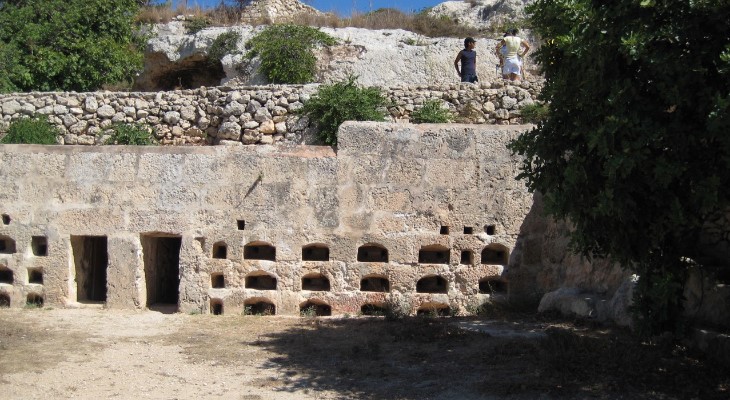Named Melite by the Greeks, from the word for honey, Malta has a long history of beekeeping, producing a unique honey perfumed with local wild flowers.
Throughout Malta’s long and chequered history, its many colonisers and invaders agreed on one thing: Malta’s honey was something very special. In fact, it was considered a delicacy, so much so that the Greeks named the island Melite after their word for honey, meli (μέλι), a name that persisted through Roman times and it was only the Arabs who changed it to Malta though not, presumably, because they thought less of the island’s namesake.
Malta’s liquid gold is produced throughout the year, though the flavour changes depending on which flowers are in season. Spring honey is labelled as multi-flora, as the busy bees collect nectar from a wide variety of wild flowers including white thistle, sulla, borage, dandelion, wild mustard and also citrus trees. It is popular as a remedy against allergies and hay fever.
A post shared by 1SON Japan (@1son_japan) on
Summer honey is particularly delicious, and is dominated by the wonderful aroma of wild thyme which grows on the garigue in the north of Malta and on the island of Comino, producing a little purple flower with a heady, aromatic scent. The season is a very short one, lasting precisely from the last week of May to the end of June or maybe the first week of July. Researchers at the University of Malta found that Maltese summer honey is truly unique, in that it contains some of the highest percentage of thyme pollen of any honey anywhere in the world, up to a whopping 85-90 per cent.
Autumn honey is flavoured by carob and eucalyptus trees, although the honey does vary from one location to the other, and its production depends on how much rain falls in September. If there isn’t any heavy rainfall in September, the bees continue to work on the fluffy flowers of the Eucalyptus trees throughout the month before turning their attention to the Carob trees in October. The carob-flavoured honey is ideal to soothe a sore throat.
It was the Phoenicians who introduced the domestication of beekeeping in apiaries and earthenware jars to Malta. Apiaries dating back to Punic times (circa 700 BC - 218 BC) called migbha can still be found dotted around the countryside, and there is a fascinating apiary dating back to Roman times in Xemxija which is considered to be the oldest and best example of such apiaries in the world. So prized was Malta’s honey at that time, that it was even produced for export.

commons.wikimedia.org
Up till the 1950s, bees were kept in earthenware jars stashed underneath carob trees for shelter, or in specially created niches in the rubble walls around the fields. Bees were left pretty much to their own devices to produce their gold without any human interference. Honey was harvested only once a year, after the wild thyme season, and generally on 26th July, the feast of St Anne (because what is a Maltese tradition without a saintly connection?) These days there are three harvests: in Spring, Summer and Autumn.
After the 1950s, moveable frame hives were introduced, and local beekeepers started making their own version of the British standard beehive, which is still in use today. There are now some 220 beekeepers on the island.
Beekeeping in earthenware jars all but ceased in the 1990s, when the varroa mite decimated two-thirds of the local bee colonies. Malta has its own endemic honeybee, apis mellifera ruttneri, and for years it was the only honeybee species until 'foreign' queens were imported after the 1992 varroa mite devastation which destroyed 4,000 colonies.
The Maltese honeybee is still around today, although now officially defined as a sub-species. However, there is nothing sub-par about the honey it produces.
Try it drizzled over mqaret (fried date-filled pastries) served piping hot. My husband and son love it smeared over Maltese crusty bread for breakfast. During Lent, honey is the key ingredient in making kwarezimal biscuits, the spiced almond biscuits which contain no fat or eggs (in keeping with Lenten fasting rules) but make up for it with plenty of honey and pistachios. Some beekeepers make dry honey mead, a medieval fermented alcoholic beverage made out of honey, water and yeast.
But one thing that does not contain honey, despite its name, is the honey ring, or qaghaq ta' l-ghasel as they are known in Maltese. They are actually made with treacle, which in Maltese is called ghasel iswed (black honey). In the past, the filling was made by melting honeycombs after the honey was extracted from them, but that has long been replaced by treacle. Sorry for the confusion!
You will often see beekeepers selling their honey at artisans markets or on the promenade in Sliema, but do make sure you’re getting the genuine article - always read the label to make sure its 100 per cent locally produced!